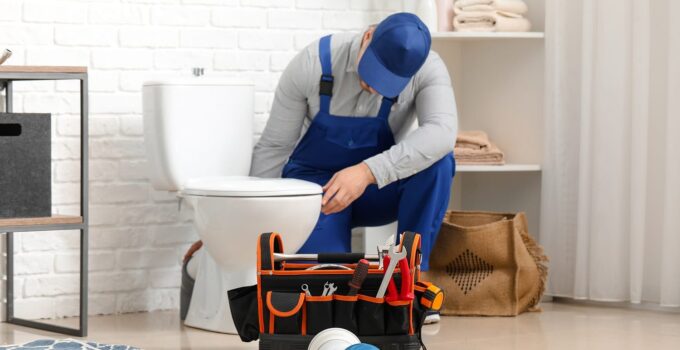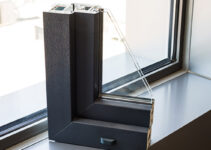Noises like gurgling, hissing, and dripping can disrupt your peace in the bathroom. Various issues often cause these sounds.
Discover more about the root causes and solutions to these problems, including articles on toilet noises and troubleshooting to restore calm to your bathroom.
Those pesky bathroom noises can be a real bother! Check out the Full Speed Plumbing toilet repair page for tips and solutions to restore your bathroom’s peace.
Page Contents
1. High Water Pressure
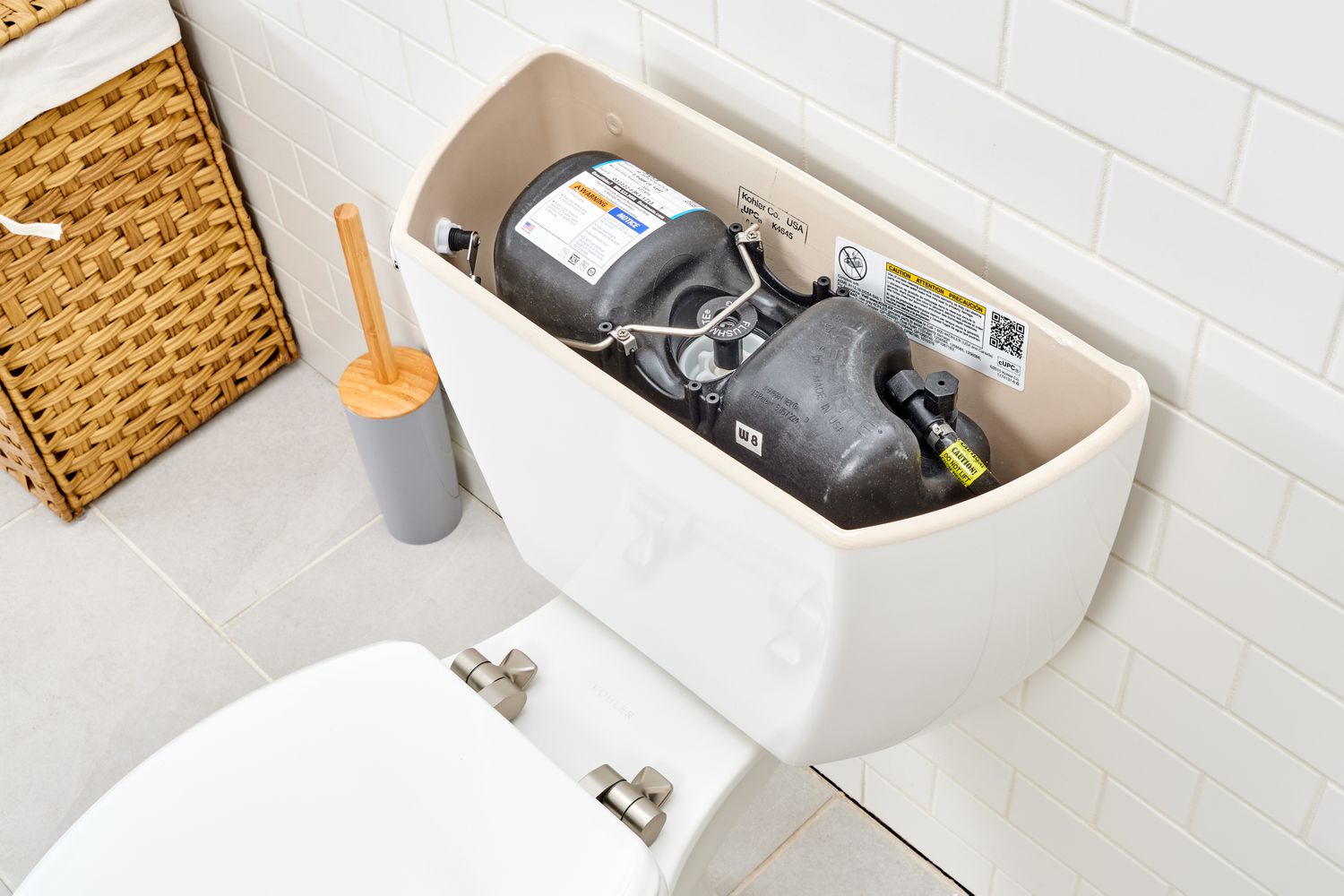
Source: thespruce.com
Noticing loud banging noises coming from your walls after flushing should never be dismissed as noise from the high water pressure in your supply line; when your toilet tank fills and stops due to an improper fill valve, this produces what is known as water hammer noises, which could potentially lead to burst pipes, potentially leading to catastrophic flooding if left untreated.
If you have high water pressure issues, one solution might be simply turning down the shut-off valve near the toilet to reduce flow and silence noises. Checking plumbing connections to tighten or replace loose or damaged components may also help.
Inspecting for leaks should also be performed since leaky toilets can lead to water waste and other issues; hissing sounds may indicate worn-out flappers or fill valves, which should be easily replaceable, and whistling noises might indicate mineral buildup that requires clearing with cleaning solution or descaler solutions.
2. Loose or Faulty Pipes
A gurgling noise after flushing indicates negative pressure in a drain line that’s been blocked by debris or an obstruction, such as clogs. You will require either a plunger to clear out the blockage yourself or, in more serious cases, professional assistance from a licensed plumber.
If the high-pitched noise only reverberates when refilling the tank, this could indicate a ballcock valve issue. Replacing it is relatively simple and cost-effective; enterprising homeowners may even choose to handle this themselves.
To detect loose pipes in your home, shut off its water supply before grasping each pipe extending from walls with channel-lock-type pliers and wrapping it with a cloth to protect its surface.
Turn the main valve off, then disconnect the toilet’s water line using another set of pliers if the first valve is leaking; replace and reconnect them both as necessary; additionally, check that the refill valve’s float sits at approximately the same height as overflow tube to help avoid overfilling of the tank.
3. Faulty Fill Valve
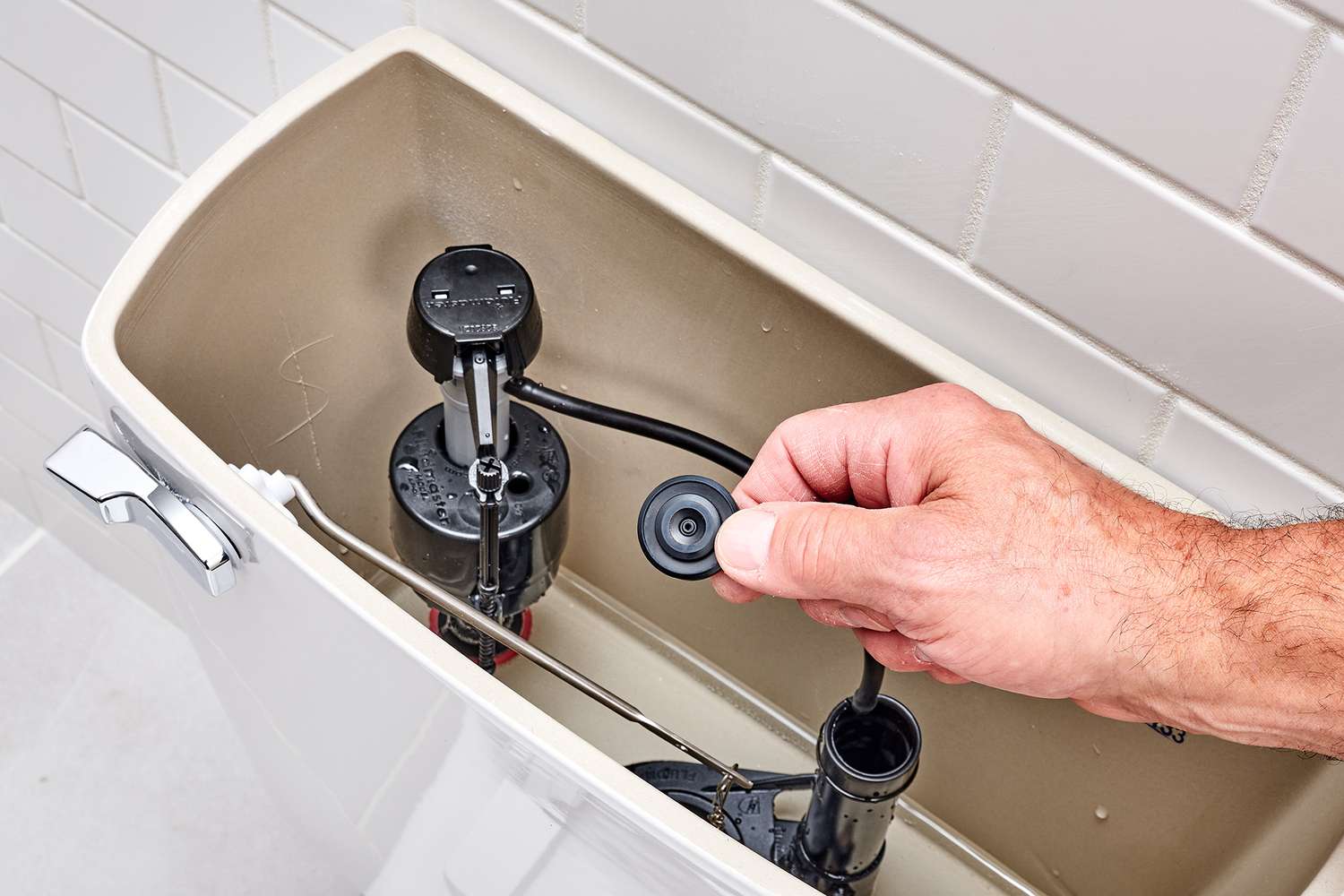
Source: thespruce.com
After flushing, you might hear an audible hiss indicating an issue with your toilet’s fill valve. While brief hisses can occur while filling the tank back up with water, any continual hissing suggests that either your flapper and ballock are no longer making an airtight seal over the overflow tube due to wear-and-tear, sediment buildup, corrosion, or any combination thereof.
A plumber can bleed air out from overflow tubes to end this hissing noise; additionally, they can install regulated fill valves to minimize the effects caused by water flowing into your toilet’s fill valve.
Groaning noises indicate a constriction in your pipes, typically from worn-out washers that cause vibrations and rubbing in your pipes. For professional help to eliminate this problem, hire a plumber.
A plumber can replace both the tank-to-bowl gasket and washer, as well as your toilet’s fill valve and tank float, to eliminate it; install a water hammer arrestor; this could make all the difference in performance while decreasing any annoying post-flush noises. These simple repairs could improve performance while reducing annoying sounds post-flush.
4. Loose or Faulty Fittings
Your toilet may make sounds from somewhere within its pipes but actually come from loose or faulty fittings. Calcium deposits often form, though a leaky toilet or fill valve could also make its presence known and make your commode sound loud.
Foghorn sounds are produced by your toilet’s fill valve, an internal plumbing component within its tank that controls how much water is added to the bowl after each flush. Unfortunately, sediment or other debris can build up within its tube and make noise when passing through, creating whistling or squealing noises that need fixing immediately.
Take steps like opening up your tank top to see inside, wiggling its chain, checking around its base for any evidence of algae or debris that could be blocking it, and fixing it with some simple remedies.
Switch off the water supply for your toilet using channel-lock pliers. If this doesn’t help, seek professional plumbing assistance to evaluate your home’s water pressure and install a water hammer arrestor to reduce it.
5. Debris or Mineral Buildup
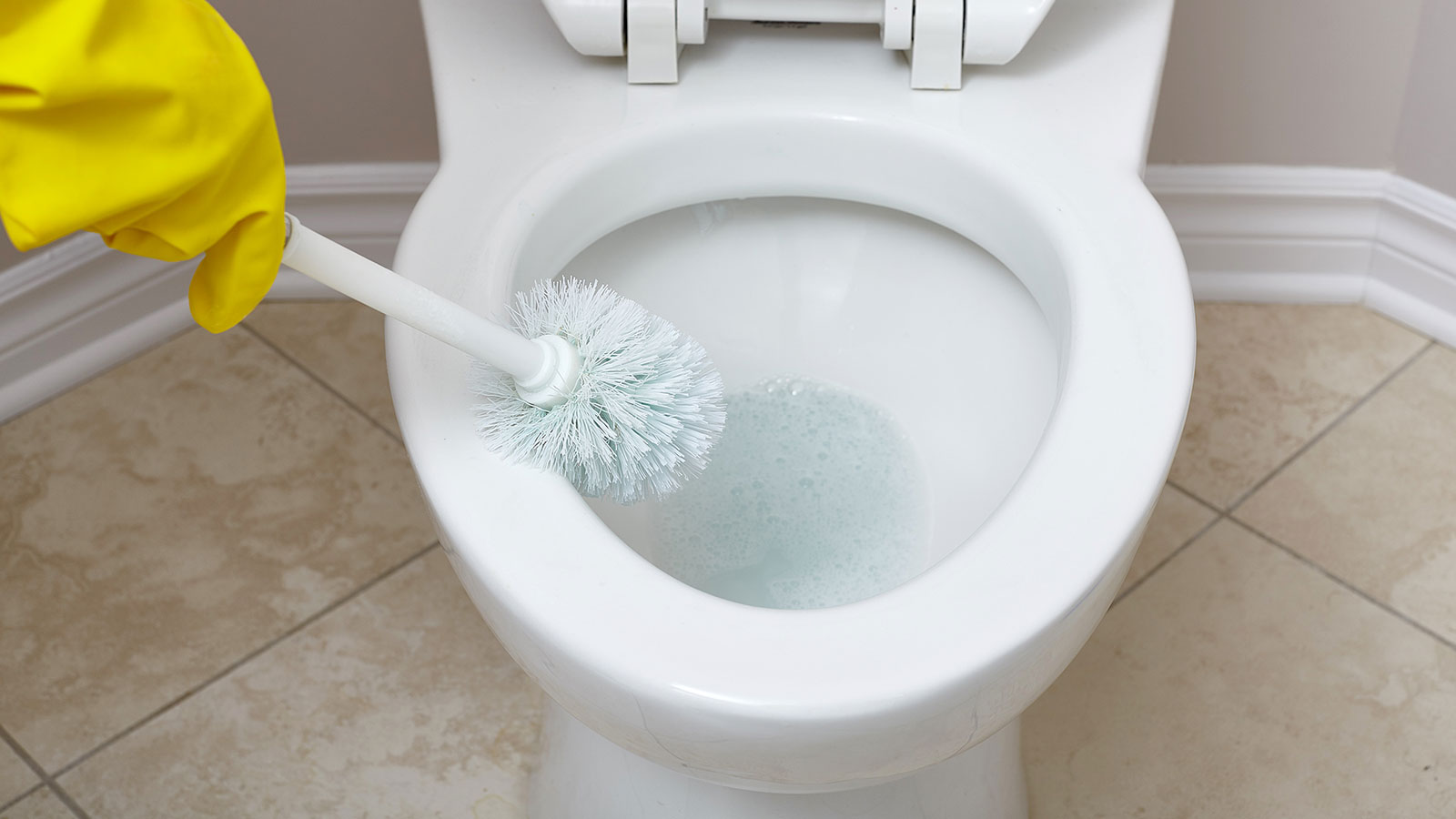
Source: home.howstuffworks.com
If your toilet sounds like an engine when flushed or makes a slapping sound after flushing, mineral deposits could be present in its plumbing pipes. This poses a potential problem as weak pipes become more likely to clog by debris or mineral buildup in the future and create leaks, further stressing these fragile plumbing pieces.
To address this issue, turn off all water sources and drain all pipes as soon as possible before cleaning out rim feed tubes and jet holes for calcium buildup.
A toilet that emits an audible gurgling noise after you flush is often caused by either an obstruction in the ventilation system or problems with its vent stack, which allows sewer gasses to leak out through your roof and escape through its vents. Either of these issues must be dealt with promptly for optimal performance of your home and toilets.
Strange sounds coming from your toilet may be alarming, but they could also be warning signs for something larger. Speak with a plumber who can immediately identify and fix the problem if you need help determining the possible reason.

